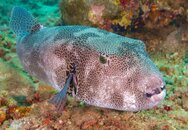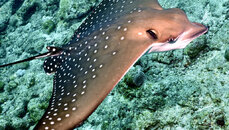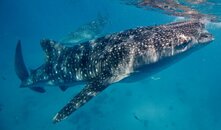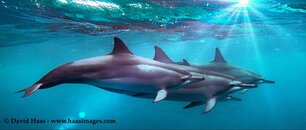MorganMedia
New
Hi all! New to the site and community. Looking for some help/advice if possible.
I got my Sony A6400 with the standard 16-50mm kit lens to use in my Seafrogs Salted Line A6XXX Gen 3 Housing a couple months back and everything was/has been working perfectly except recently my zoom ring has been either being caught or maybe not positioned correctly but I cannot get it to zoom anymore.
When I turn the knob, it just makes sort of a clicking sound but doesn’t move. If I remove the back plate it turns but somewhere the pressure of the back makes it unable to turn.
I’m not sure if anyone has had this issue. If they have and I just haven’t read it then apologies, as I said I’m pretty new here.
I’d appreciate any help if possible and thanks in advance!
I got my Sony A6400 with the standard 16-50mm kit lens to use in my Seafrogs Salted Line A6XXX Gen 3 Housing a couple months back and everything was/has been working perfectly except recently my zoom ring has been either being caught or maybe not positioned correctly but I cannot get it to zoom anymore.
When I turn the knob, it just makes sort of a clicking sound but doesn’t move. If I remove the back plate it turns but somewhere the pressure of the back makes it unable to turn.
I’m not sure if anyone has had this issue. If they have and I just haven’t read it then apologies, as I said I’m pretty new here.
I’d appreciate any help if possible and thanks in advance!













